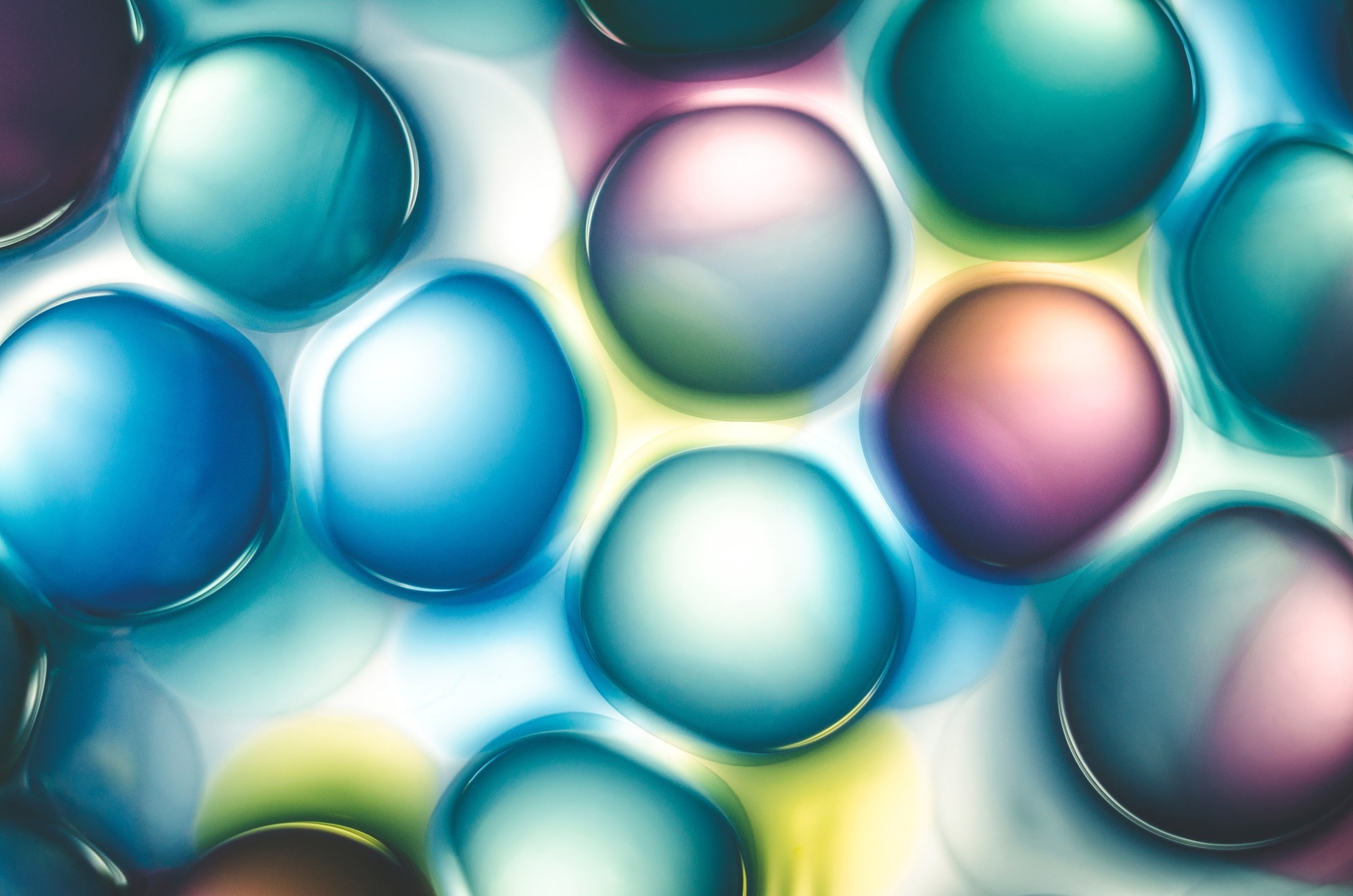Reviewed by Emily Henderson, B.Sc.Nov 2 2022
While assessing with light, the lateral extent of the structures that an optical imaging system can resolve is ultimately diffraction constrained. Resolving this constraint is a prominent topic in a recent study by researchers in Germany.

Microspheres placed on a specimen in an interference microscope setup enable topographic measurements of structures below the physical resolution limit. Image Credit: Antonio Baccardi/Shutterstock
A group of scientists from the University of Kassel in Germany proposed a method that strategically utilizes microspheres on the object's surface to prolong the constraints of interferometric topography measurements for the optical resolution of small structures. This research was recently published in the Journal of Optical Microsystems.
Imaging well below the resolution limit is frequently accomplished with technologies that involve probe labeling, like fluorescence microscopy, which needs sample preparation.
Other devices, like atomic force microscopes, might provide lateral resolution 20 times greater than diffraction-limited optical systems. But they depend on tactile measurement principles, which may be inappropriate for some applications, particularly bio-imaging. As a result, microsphere assistance can provide a solution for label-free, rapid imaging below the diffraction limit.
Fast and non-contact topographical studies of small structures are possible with a Linnik interferometer system that consists of two highly resolving microscope objectives. By carrying out a depth scan, phase data can be collected and used to recreate the surface topography. The physical diffraction limit of this system is increased by including an additional microsphere in the imaging path.
Experimental investigations produced encouraging results, but up until now, theoretical explanations for the key imaging mechanisms that enabled the higher resolution have been elusive. In-depth simulations, ray tracing computations, and analysis in the 3D spatial frequency domain were used to study the relevant mechanisms.
Fourier domain examinations provide the spatial frequencies transmitted by the microsphere into the far field and acquired by the microscope objective.
Combined with comprehensive simulations of the ensuing near field, this provides a comprehensive simulation of the imaging process with microspheres, allowing for extended investigations. Furthermore, ray tracing allows for the analysis of the propagation of individual light rays within the microsphere, contributing to a better comprehension of the major physical effects.
In recent research as well as in industrial applications, there is a need for fast measurement systems below the physical resolution limit that do not require extensive sample preparation. Microsphere-assisted interference microscopy enables such optical topographic surface measurements, and this work contributes to a deeper understanding of the underlying physical mechanisms.
Lucie Hüser, Study Lead Author, University of Kassel
The investigators’ observations offer useful tools for a more comprehensive understanding of microsphere-assisted interferometry, which can be utilized to increase the understanding of the physical mechanisms involved in this technique.
Additionally, the most important process facilitating topographical measurements below the resolution limit is probably the effective increase of the system's numerical aperture, incorporating the microsphere and the relatively narrow field of view under the microsphere.
Journal Reference:
Hüser, L., et al. (2022) Microsphere assistance in interference microscopy with high numerical aperture objective lenses.